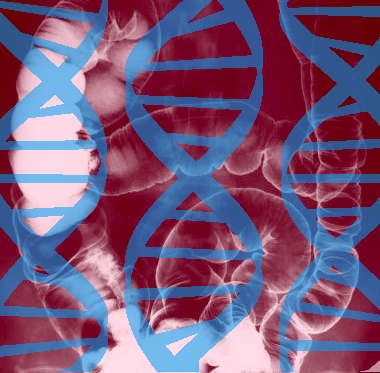Bowel cancer breakthrough in DNA signal
 Australian researchers have played a key role in the discovery of a way to control the stem cell behaviour responsible for the spread of bowel cancer.
Australian researchers have played a key role in the discovery of a way to control the stem cell behaviour responsible for the spread of bowel cancer.
A team led by Melbourne University experts found a cell surface receptor – called Frizzled 7 - is the key to the stem cell activity that results in the cancer spreading.
The findings have been published in Stem Cell Reports, heralding an optimistic end to Bowel Cancer Awareness Month in June.
Lead researcher Professor Elizabeth Vincan says the majority of bowel cancer patients die from secondary cancers that spread throughout the body, not the primary cancer.
Patients with bowel cancer often seek treatment once the cancer is advanced and has already spread to other parts of the body, most commonly the liver, where it can sit dormant for years before starting new cancer growth.
Her team has identified a molecule that is present in both actively growing and dormant cancer cells.
They say it should be possible to target the primary tumour in the bowel as well as the dormant cancer cells in secondary organs.
Previous research has shown a stem cell in the gut - identified by a marker called Lgr5 - plays a key role in initiating cancer growth.
This cell needs ‘Wnt’ proteins to regenerate the epithelium; tissues that line the surfaces of the gut after it is damaged.
These Wnt proteins control cell function by binding to a cell surface receptor known as ‘Frizzled’.
There are 10 of these Frizzled receptors but the one involved in the Lgr5 stem cells was not known.
“It was like searching for a piece of the puzzle,” Professor Vincan said. “We found that Frizzled7 was the one we were looking for. That is the one that is important in Lgr5+ stem cells and that is the one to target in cancer.
“If you knock out Frizzled7 while the cells are in a dormant state they aren’t able to make the tumour grow. The aim now is to try to get to those cells while they are dormant, before they start growing. It represents a shift in the targeted management of cancers.
“The next step is how to target Frizzled7 and develop anti-Frizzled7 antibody treatments that can be used in combination with other current therapies. We are collaborating with international scientists who are trialling imminent antibody treatments.”








 Print
Print